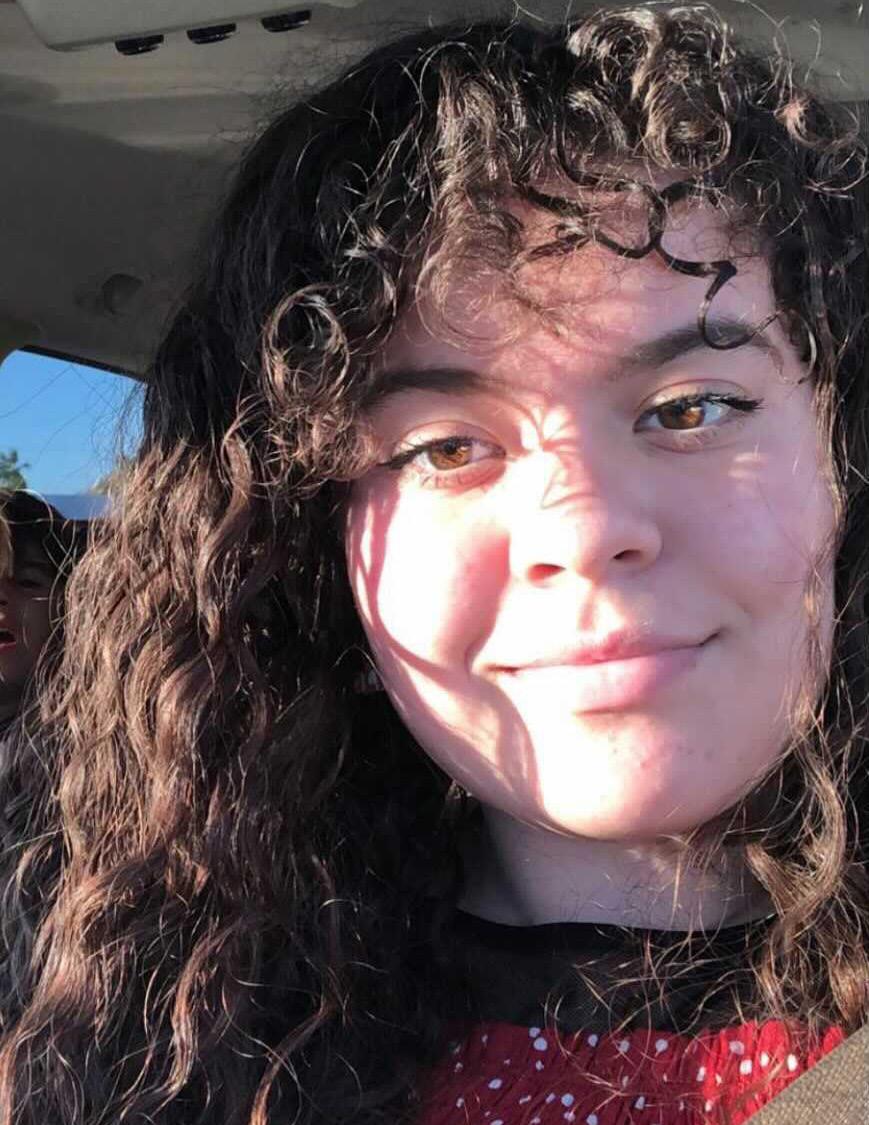
4 minute read
Women in Media: Not One Size Fits All
The state of women leadership in student journalism at Long Beach State University.
by Matt James

Paris Barazza, Arts and Life Editor at The Daily Forty-Niner

Kaleen Luu, Editor-in-Chief at 22 West Magazine

Bella Arnold, Assistant Online Editor at Dig Magazine
Anyone who’s read a newspaper, listened to the radio or watched cable news can tell you that the media can be as male and white as the back of a USPS delivery truck.
According to a 2018 study by the Pew Research Center, 48% of American newsroom employees are both male and white. That’s in stark contrast to 34% of employees from all industries combined. However, student media at Long Beach State shows that might not be the case for long.
The same study also shows that this problem is less pronounced the younger those employees are in regard to gender. For newsroom employees aged 18-29, only 38% are white men compared to 56% for employees 50 and older.
“It’s a matter of intersectionality. One woman from this minority community has a different experience from a woman of a different minority community,” said Paris Barraza, arts and life editor at The Daily Forty-Niner.
A woman’s experience in any industry can be drastically different depending on factors such as race, ethnicity and socioeconomic background just to name a few. While the industry is trending in a positive direction for diversity, it still has a long way to go.
“It feels like two things working against me sometimes,” said Kaleen Luu, 22 West Magazine’s very own editor-in-chief. “There’s definitely times where I feel like the person would respond better if I was a man, but most of the time it also feels like they would respond better if I wasn’t Asian.”
Luu, 23, transferred to LBSU's journalism program in fall 2019. Studying journalism wasn’t always her plan, but an interest in creative writing drew her to the field. Luu recounted how she has sometimes been expected to be an expert on things Asian by her peers and teachers based solely on her race.
According to Long Beach State Institutional Research and Analytics, 101 of the 151 undergraduate journalism students enrolled at LBSU in fall 2020 were women. Furthermore, only 15 of total enrolled journalism students were white.
Unfortunately, the faculty and staff that make up LBSU's journalism department are significantly less diverse than the students they serve. While there isn’t specific data on the journalism department, white people make up nearly 57% of the college of liberal art’s full time faculty this semester according to additional data from IR&A. A quick glance at the journalism department’s faculty page is a dead giveaway that they should do more to have professors just as diverse as their students.
Now in her final semester, Luu said she has been commodified and marginalized by some of her colleagues as the only Asian woman in many of the workspaces she finds herself in.
“If you’re reaching out to me only when it’s Asian American History Month, then you’re not really diverse because you’re only using me as a headline,” Luu said. “If you’re pulling me aside to take a picture with me to show that your publication is diverse, you’re not really diverse either.”
For Bella Arnold, assistant online editor at Dig Magazine, just finding a role model that looked like her was a challenge when she decided to study journalism, but that didn’t deter her.
“I didn’t have a lot of Latina journalist inspirations, which was really disheartening and another reason why I wanted to become a journalist,” Arnold said. “I do enter a lot of places with older people, and older white men, who don’t think I have a stake in what’s being discussed.”
The 19-year-old journalism student was motivated not only by a lack of representation in the media, but also as a way to fight back against inhumane immigration practices put in place by the Trump administration.
For some, pursuing a career in journalism is a long-time dream. For Arnold, it’s also a way to fight back against injustice.
“Having the confidence to say things in meetings and run news rooms and lead projects, I had a hard time because I was just the young girl who didn’t know anything about the world to a lot of people,” Arnold said.
No woman is just a woman. Oftentimes, more than one part of their identity plays a part in how the rest of the world sees them; women of color have a vastly different experience than their white counterparts.
Unfortunately, when someone is willing to discriminate against someone based on their sex, it shouldn’t be too surprising to find that race-based discrimination isn’t too far behind.
While it is important to have women in leadership roles, it’s just as important for those women to be as diverse as the communities and topics they report on. Not just women, but women of color, are sorely needed in the journalism industry.
“We need to recognize it’s not just ‘let’s put a woman in this leadership position,’” said Barraza. “ We should be thinking about different backgrounds [and] different walks of life.”

